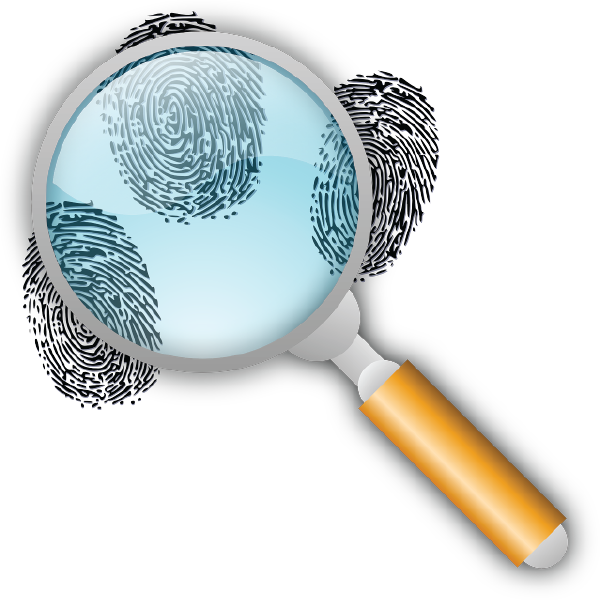Discovery Learning is a method of inquiry-based instruction, discovery learning believes that it is best for learners to discover facts and relationships for themselves.
Contributors
- Jerome Bruner (1915 – )
Key Concepts
Discovery learning is an inquiry-based, constructivist learning theory that takes place in problem solving situations where the learner draws on his or her own past experience and existing knowledge to discover facts and relationships and new truths to be learned[1]. Students interact with the world by exploring and manipulating objects, wrestling with questions and controversies, or performing experiments.
As a result, students may be more more likely to remember concepts and knowledge discovered on their own (in contrast to a transmissionist model)[2]. Models that are based upon discovery learning model include: guided discovery, problem-based learning, simulation-based learning, case-based learning, incidental learning, among others.
The theory is closely related to work by Jean Piaget and Seymour Papert.
Proponents of this theory believe that discovery learning:
- encourages active engagement
- promotes motivation
- promotes autonomy, responsibility, independence
- develops creativity and problem solving skills.
- tailors learning experiences
Critics believe that discovery learning:
- creates cognitive overload
- may result in potential misconceptions
- makes it difficult for teachers to detect problems and misconceptions
Additional Resources and References
References
- Bruner, J. S. (1961). The act of discovery. Harvard educational review.
- Bruner, J. S. (2009). The process of education. Harvard University Press.




